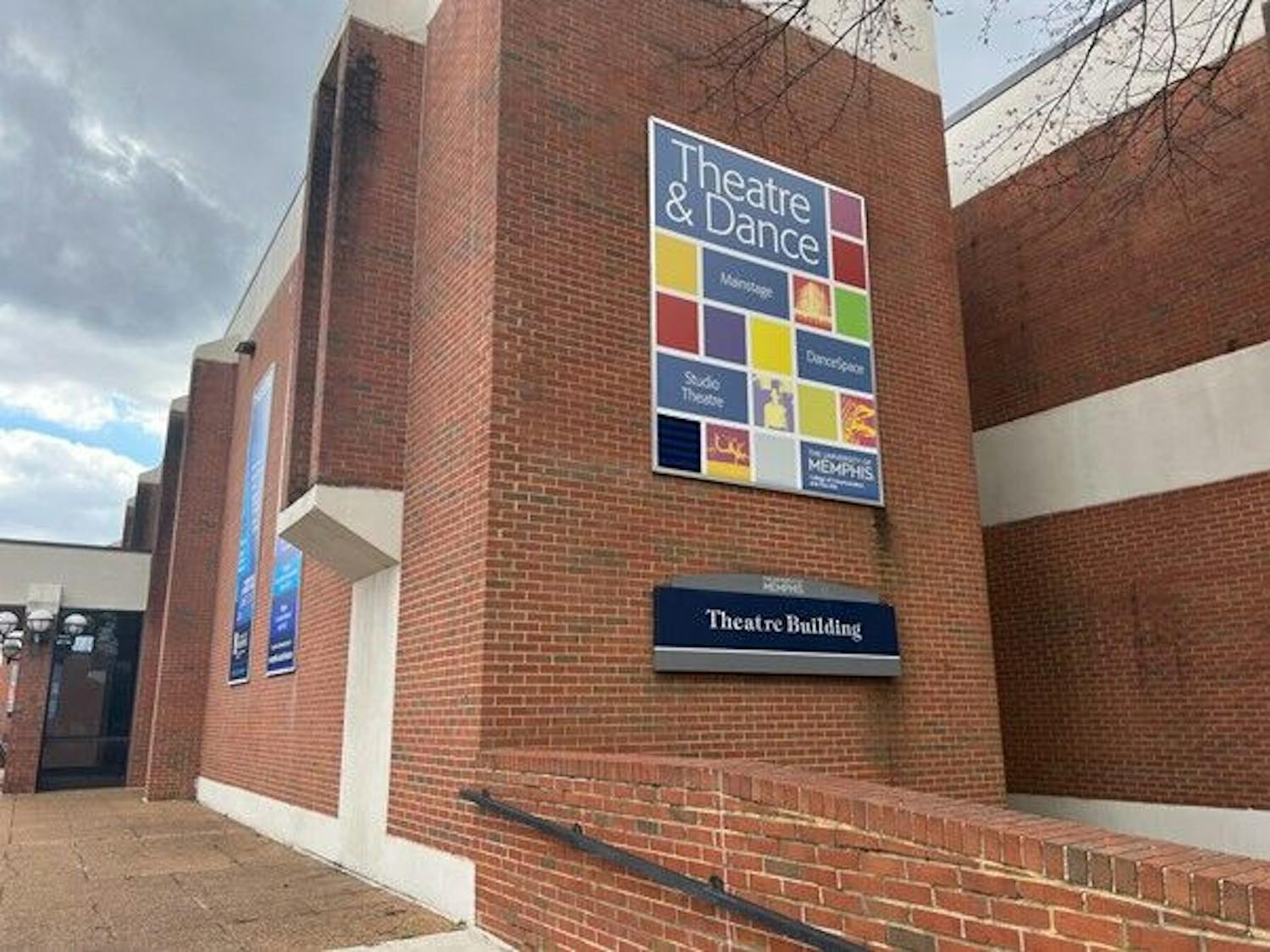Fall enrollment at the University of Memphis is lower than it’s been in more than five years.
Exactly 20,585 students are enrolled for the fall 2015 semester – nearly 500 fewer students than last year according to numbers released by the school.
But this is consistent with the school’s trend. Since 2011, fall numbers have dropped by average of 500 students a year.
The U of M seemed to be on an up shot in fall 2014, when first-time freshmen enrollment jumped, when the university avoided an in-state tuition hike and lowered out-of-state tuition.
But now there are fewer fall first-time freshmen than in the previous six years.
“We have certainly seen a considerable number of students that had originally intended to go a university, but are now channeling toward the community college because of the Tennessee Promise,” - Warren Nichols, vice chancellor of community colleges for the Tennessee Board of Regents.
A big part of the drop comes from fewer Tennessee residents attending the U of M. In-state first-time freshmen numbers are lower than they’ve been since 2007.
This could be a side effect of the recently passed Tennessee Promise, which allows recent high-school graduates to attend any of the state’s two-year community colleges for free.
In fact, the number first-time full-time freshmen enrolled in community college rose by 15 percent this fall – an increase of about 6,000 more students compared to fall 2014 – said Warren Nichols, vice chancellor of community colleges for the Tennessee Board of Regents.
“We have certainly seen a considerable number of students that had originally intended to go a university, but are now channeling toward the community college because of the Tennessee Promise,” Nichols said.
Add to this the Tennessee Transfer Pathways, which allow students to transfer their credits from a state community college to any public university in the state.
As long as they stay on their curriculum path and transfer to a university that has the same major, every class is guaranteed to transfer, he said.
CLICK HERE TO SEE INTERACTIVE GRAPH ON ENROLLMENT
“Students can start at community college – literally go for free – spend two years there, transfer every one of their credits over to a university and go in as a junior,” Nichols said. “And they’ve saved a lot of money.”
While lower high school graduation rates in the Mid-South and higher graduation from the university during the last two years contributed to declining enrollment at the U of M, Tennessee Promise may be the biggest factor, said Jasbir Dhaliwal, vice provost and dean of the graduate school at the U of M.
“It’s a real hard one to argue with,” Dhaliwal said. “Can you imagine telling a student he can get his first two years free if he goes to community college?”
That change is probably good for the state and for lower income students, he said, though not so good for the U of M. Dhaliwal said that Memphis has been anticipating an enrollment decline.
“The good thing is that in two-years many of those students will come back here for a two year degree,” Dhaliwal said. “We are completely repaving our transfer process. What we need to do as a university is realign ourselves to make sure we are ready to take on students who have complete the first two at a community college. We are already working on partnering with the community colleges.”
This decrease enrollment will likely mean less money for the University of Memphis. A majority of the school’s funding comes from student tuition.
“The state has been funding us less and less,” Dhaliwal said “I think the state is funding 30 percent or less now. This will impact how we operate financially. We will have to be more prudent.”
Universities across Tennessee were once funded by the number of students they had enrolled. But that all changed after the state legislators passed the Complete College Act of 2010, which puts an emphasis on outcomes like retention and a institution's six-year graduation rates.
Very specifically the graduation rate of it's first-time full-time freshmen graduation rates.
In this area the U of M improved. The most recent six-year graduation rate is pegged at 44.6 percent, nearly a 2 percent increase from the year before and almost 4 percent better than in 2012, according to numbers released by U of M's Office of Institutional Research.
And while the undergraduate enrollment may have been down, the incoming freshmen class had a higher rate of honors students and higher average high school GPA than in previous years, Dhaliwal said.
“This class is as good as it has ever been,” he said. “Professors always want good students to teach. So this class will be truly special.”





